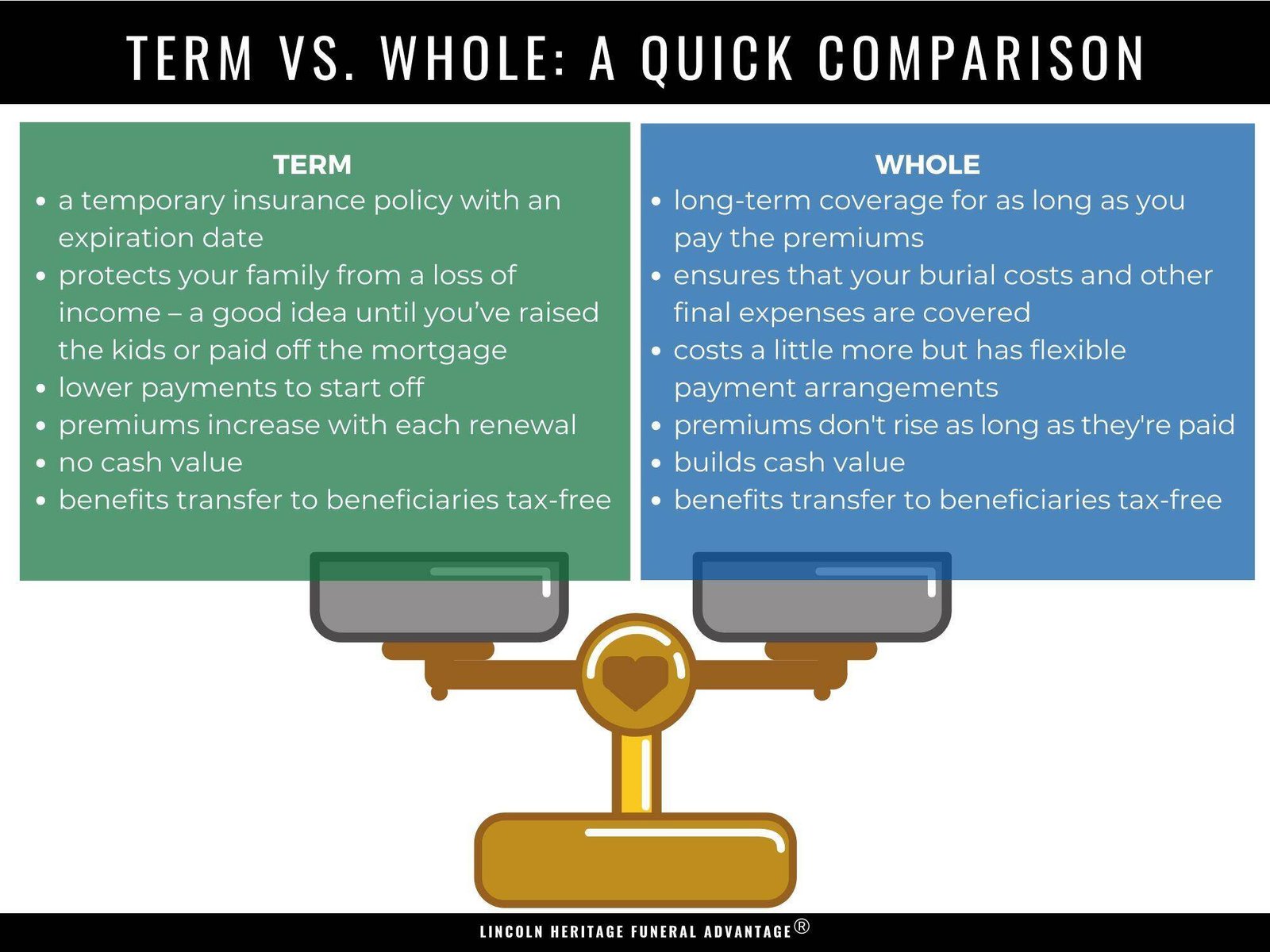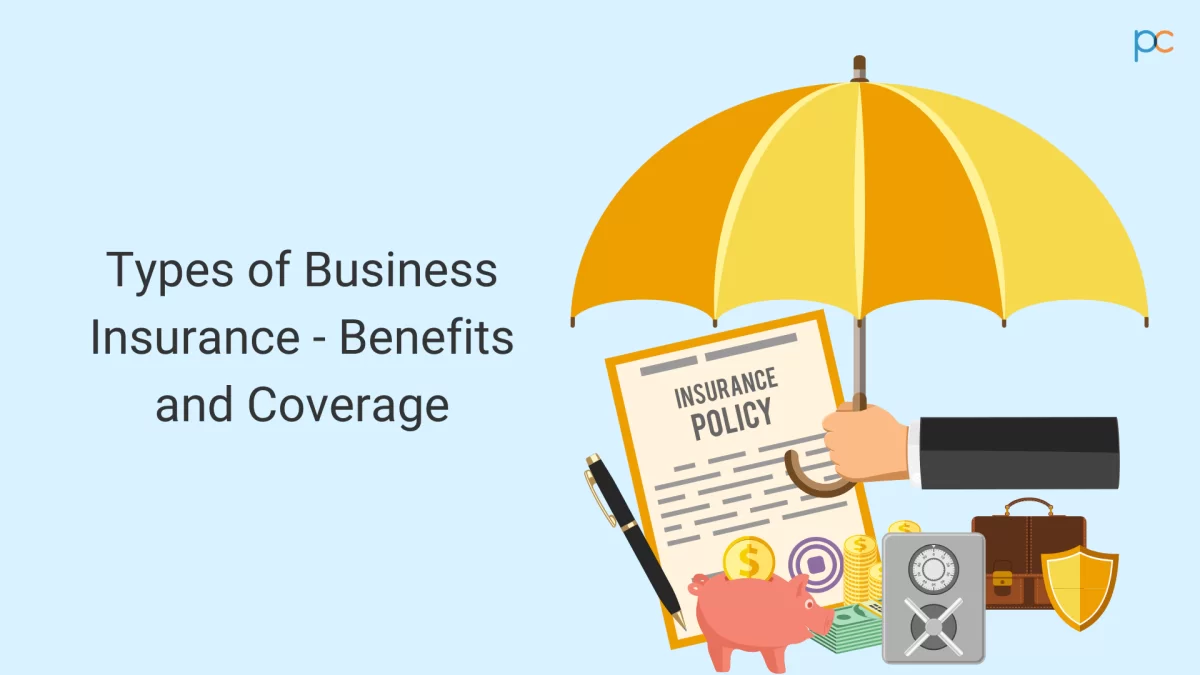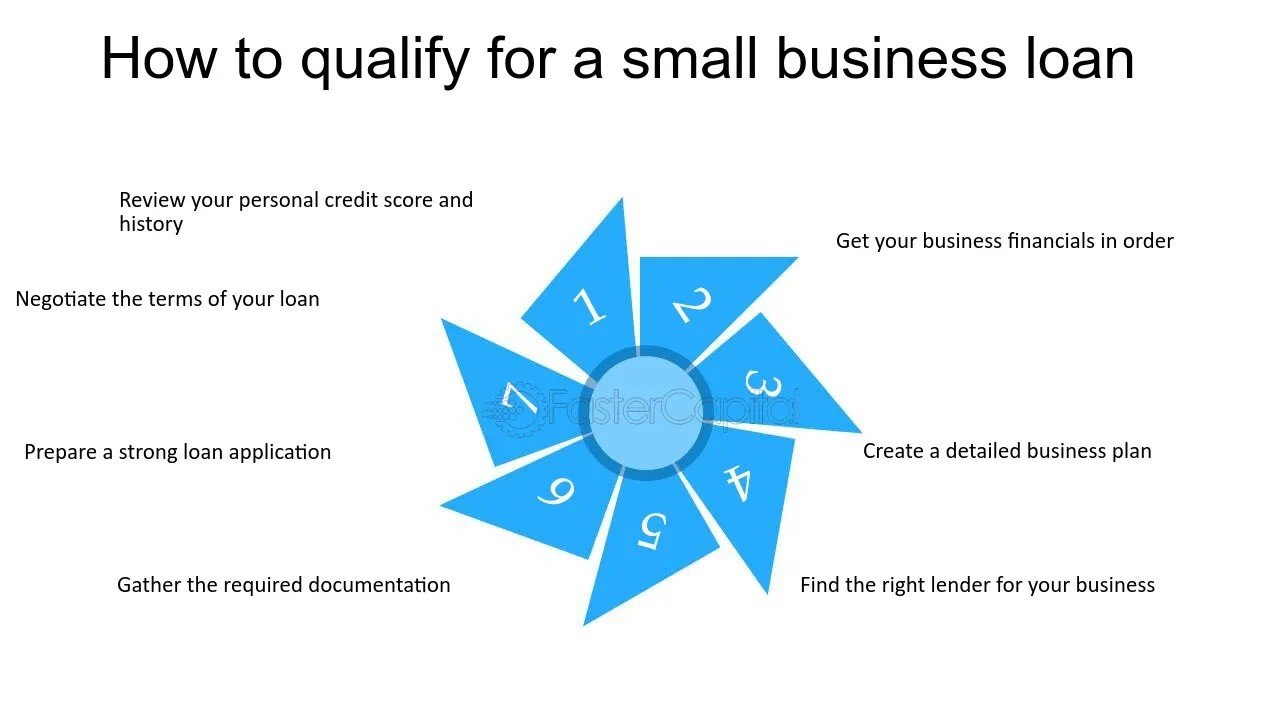How to Qualify For Small Business Loan
Financing Your American Dream: A Guide to Small Business Loans
The fire burns bright – you have a vision, a product, a service, and the unwavering belief it will take the world by storm. This is your American Dream, your chance to be your own boss and build something remarkable. But there’s a hurdle to leap before you can turn that vision into reality: capital. Funding your small business can feel overwhelming, but fear not, aspiring entrepreneur! There’s a loan option out there perfectly suited to your needs.
This blog dives deep into the world of small business loans, exploring the intricacies of SBA loans and other financing options. We’ll unpack eligibility criteria, application processes, and essential considerations to guide you on your path to financial fuel.
The Powerhouse: SBA Loans
The Small Business Administration (SBA) is a government agency dedicated to empowering entrepreneurs. They offer a robust loan program, providing a variety of options to cater to diverse business needs. Here are some of the most popular SBA loan programs:
- 7(a) Loan Program: This is the SBA’s flagship program, offering loans up to $5 million for various business purposes, including working capital, equipment purchase, inventory, and real estate. It’s versatile and can be a great starting point for many businesses.
- 504 Loan Program: This program focuses on fixed-asset financing, providing loans up to $5 million for the purchase of major fixed assets like machinery or real estate. It involves a collaboration between the SBA, a certified development company (CDC), and a private lender.
- Microloan Program: Ideal for startups or small businesses with minimal financing needs, this program offers loans up to $50,0 for working capital or inventory.
Eligibility for SBA Loans:
While SBA loans offer fantastic benefits, qualifying requires meeting specific criteria. Here’s what you’ll need to consider:
- Business Type: Not all business models qualify for SBA loans. Certain industries or for-profit ventures might be restricted.
- Credit History: A strong personal and business credit score is crucial. The SBA typically looks for a minimum credit score in the mid-600s.
- Business Plan: A well-crafted business plan outlining your business strategy, financial projections, and management team is vital for application success.
- Collateral: Depending on the loan program, the SBA might require collateral to secure the loan, such as real estate or equipment.
Applying for an SBA Loan:
The application process for SBA loans can seem intricate, but with proper preparation, you can navigate it successfully. Here’s a breakdown of the steps involved:
- Choose Your Loan Program: Research the different SBA loan programs and identify the one that best aligns with your business needs.
- Gather Documentation: Prepare your business plan, financial statements, tax returns, and personal credit reports.
- Find a Lender: SBA loans are disbursed through approved lenders, like banks or credit unions. Research and choose a lender familiar with SBA loan programs.
- Complete the Application: Work with your chosen lender to complete the SBA loan application form. The lender will guide you through the process.
- Await Approval: The SBA will review your application and make a final decision. This process can take several weeks.
Beyond the SBA: Alternative Financing Options
The SBA isn’t the only game in town. Here are some alternative financing options to explore:
- Term Loans: Offered by banks and online lenders, term loans provide a lump sum of capital to be repaid over a fixed term with interest.
- Lines of Credit: Similar to a credit card, a line of credit provides access to a revolving pool of funds you can tap into as needed.
- Equipment Financing: This specialized loan option finances the purchase of specific equipment your business needs.
- Merchant Cash Advances: This option allows businesses to receive a cash advance based on a percentage of their future sales receipts. Repayment is typically tied to daily or weekly credit card sales.
- Crowdfunding: Platforms like Kickstarter or Indiegogo allow you to raise capital by pitching your business idea to a large pool of potential investors.
Choosing the Right Loan Option:
With so many options, selecting the right loan can feel overwhelming. Here are some key factors to consider:
- Loan Amount: How much capital do you truly need? Don’t overshoot your requirements.
- Interest Rate: Compare interest rates across different lenders and loan options.
- Repayment Terms: Evaluate your business’s cash flow and choose a loan with a repayment term you can comfortably manage.
- Eligibility Requirements: Ensure your business meets the criteria for the chosen loan program.
- Collateral Requirements: Consider if you’re comfortable pledging assets as collateral to secure a loan.
- Speed of Funding: How quickly do you need the funds? Some options offer faster turnaround times than others.
-
Additional Tips for Securing a Small Business Loan:
- Strengthen Your Credit Score: A strong credit history is essential. Focus on improving your personal and business credit scores before applying.
- Develop a Solid Business Plan: A well-crafted plan demonstrates your business acumen and increases your chances of loan approval.
- Shop Around and Compare Rates: Don’t settle for the first offer you receive. Compare terms and rates from multiple lenders to secure the best deal.
- Seek Guidance from a Business Advisor: Consider seeking professional guidance from a Small Business Development Center (SBDC) or SCORE mentor. They can offer invaluable advice on loan options and the application process.
Life After the Loan: Managing Your Finances Effectively
Congratulations! You’ve secured the loan and your business is fueled for growth. Now comes the crucial part: responsible financial management. Here are some key strategies:
- Develop a Budget and Track Expenses: Create a detailed budget outlining your income and expenses. Track your spending meticulously to ensure you stay within budget.
- Prioritize Loan Repayments: Make timely loan repayments a top priority. Late payments can damage your credit score and potentially lead to default.
- Maintain Good Relationships with Lenders: Foster positive relationships with your lenders. Open communication builds trust and might lead to more favorable loan terms in the future.
- Revisit Your Loan Needs: As your business grows, your financial needs may evolve. Regularly assess your loan requirements and consider refinancing options if necessary.
Conclusion: Building Your American Dream, Brick by Brick
Securing a small business loan can be a significant step towards achieving your entrepreneurial goals. By understanding the available options, carefully evaluating your needs, and practicing sound financial management, you can transform your American Dream into a thriving reality. Remember, the journey is filled with challenges and triumphs, but with dedication and the right financial tools, you can build a successful and sustainable business venture.
Additional Resources:
- U.S. Small Business Administration: https://www.sba.gov/
- SCORE: https://www.score.org/
- Small Business Development Center Network: https://americassbdc.org/
This comprehensive blog post equips you with the knowledge and resources to navigate the world of small business loans. Now, go forth, entrepreneur, and turn your vision into a remarkable success story!










